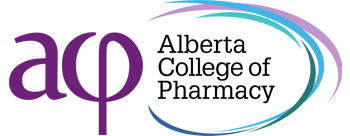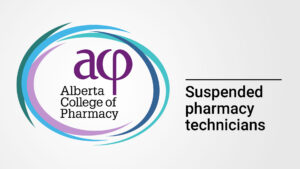
The following is an important message from Health Canada:
Purpose
The purpose of this document is to share information about the rise of unauthorized semaglutide products and to inform you of Health Canada’s position on the unauthorized manufacturing of products sold as compounded glucagon like peptide 1 (GLP-1) receptor agonists.
Rise in unauthorized and counterfeit semaglutide products
The popularity of semaglutide-containing drug products and other GLP-1 receptor agonists has given rise to a global increase in the sale and promotion of unauthorized and counterfeit semaglutide products. Additionally, some compounding pharmacies continue to prepare and sell injectable GLP-1 products in the absence of a shortage, which is not permitted.
Policy on Manufacturing and Compounding Drug Products in Canada:
In general, compounding of sterile preparations is a high-risk activity and should only be considered in exceptional circumstances. A compounded drug might be appropriate if a patient’s medical need cannot be met by an approved drug, or in the case where an approved drug is not commercially available, as in the context of a shortage. Compounding is a legitimate part of the practice of regulated healthcare professionals however it must not be used to bypass the federal drug review and approval system.
As outlined in Health Canada’s Policy on Manufacturing and Compounding Drug Products in Canada (POL-0051), all healthcare professionals, including compounders, that import drug products must comply with all the applicable sections of the Food and Drugs Act and the Food and Drug Regulations. This includes licensing and labelling exceptions, requirements for advertising, and restrictions on the sale and preparation of drugs.
Our Policy also outlines the factors to be considered when distinguishing between compounding and manufacturing activities — including guidelines for when it is acceptable to compound a drug, and what is acceptable to use as an Active Pharmaceutical Ingredient (API) in a compounded drug.
Manufacturing GLP-1, including semaglutide products:
While there may be some unique case-by-case scenarios in which a patient would need a customized GLP-1 receptor agonist therapy, Health Canada is concerned about the lack of scientific evidence (or justification) to support the use of semaglutide with other active ingredients in products sold as compounded GLP-1 receptor agonist therapy. For example, Health Canada is aware that some pharmacies have been preparing and selling injectable semaglutide with pyridoxine (vitamin B6). However, Health Canada is not aware of any scientific evidence to support this addition to address an unmet therapeutic need.
Health Canada is monitoring supplies of all GLP-1 drugs in Canada. Currently, there is no shortage as overall supplies are adequate to meet patient demand.
To date, Health Canada has not authorized any products containing chemically synthesized versions of GLP-1, including semaglutide, nor is there any recognized pharmacopeial standard for GLP-1 antagonists, including semaglutide. Therefore, any GLP-1 active ingredient used in compounded products must be the same as that which is used in an authorized product (biologically derived, as determined by Health Canada) or listed in a recognized Pharmacopoeia.
Therefore, outside of unique case-by case patient specific scenarios, Health Canada
considers this activity to be manufacturing.
Compliance and enforcement:
It is important that provincial/territorial healthcare partners are aware that Health Canada is taking compliance and enforcement action when practitioners and pharmacists are engaged in activities that it considers to be manufacturing, based on the factors outlined in POL-0051. Drug manufacturing is regulated by Health Canada under the federal Food and Drugs Act and Food and Drug Regulations.
Recently, Health Canada requested the recall of two semaglutide and pyridoxine products prepared by a compounding pharmacy because they were made using an active ingredient that was not the same as that from an approved semaglutide product (i.e., a synthetic form of the active ingredient was used). This recall was published on Health Canada’s Recalls and Safety Alerts website on January 21, 2025.
Health Canada has determined that the use of a synthetic form of semaglutide poses a significant risk to health. To date, no product containing a synthetic form of semaglutide has been approved by Health Canada, meaning that the safety, quality and efficacy of products containing this active ingredient have not been assessed. Relative to the approved, biologic version, products with synthetic active ingredients
may also contain harmful impurities, have different safety profiles and structure, and/or reduced efficacy. There are also concerns related to how the synthetic active ingredients may react in the body.
Contacting Health Canada:
If you have questions, please contact Health Canada at hpce-cpsal@hc-sc.gc.ca.




